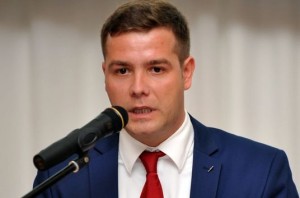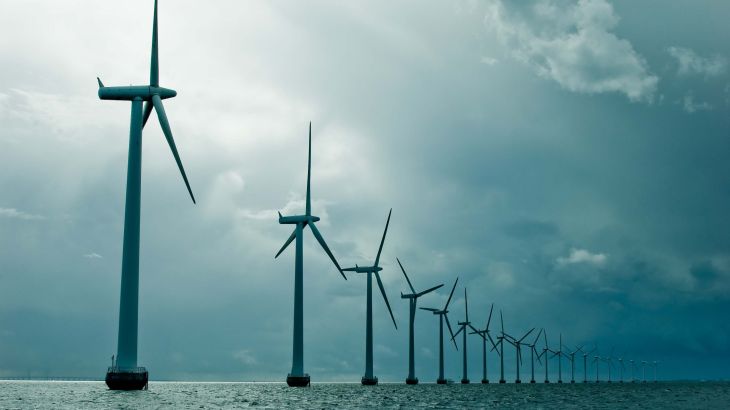Last year, ANRE introduced a norm that obliges renewable energy producers to deliver their energy with constant power like a classic generator or they pay penalties. Although the authority says that the order has the gift to provide adequate technical parameters for the system, investors in this sector have interpreted this piece of regulation as abusive and hope that the court will see the case through the prism of their arguments.
One of the renewable energy industry associations, PATRES, hopes that the court decision in this case of “overregulation abuse” will be favorable to its members, Martin Moise, vicepresident at PATRES, told energynomics.ro.

The circumstances and limits of their own production make producers of renewable energy to buy the deficit in their contracts on the spot market (DAM – e.n), where energy is more expansive and prices are less predictable. Energy traded on the DAM represented more than 44% of forecasted net consumption in December 2015.
“We consider that the obligation to sell at constant power is a state abuse that favors, indirectly, its own production units. A solar or wind power plant can not deliver constant power at any time of day or night. This order is causing massive losses to producers from renewable sources, which find themselves obligated to buy expensive power from DAM (Day Ahead Market – no) when they can not produce to honor their contracts
Energy traded on DAM, which by definition is a volatile market, has come to represent over 44% of all net consumption. This order artificially increased the price of energy. Renewable energy virtually walks several times between actors in the market to create constant and stable power broadband, and reaches at the consumers with a higher price. Thus this order and this practice is detrimental to the final consumer, which in a market more flexible would pay less for energy”, said Martin Moise.
The introduction of feed-in tariff is long overdue without explanations for the delay
There are three concerns that PATRES representatives have towards the introduction of a guaranteed price for renewable energy produced in small units. The first one concerns the encouragement of unnecessary additional production capacity, which could not be generalized without additional costs.
A second concern is the positive discrimination granted to small capacities in detriment of large producers that already cannot make a return of capital. “ANRE initially intended feed-in tariff as part of the green certificates scheme, but for small producers there were proposed to be give by including them in the price at which the supplier of last resort must buy energy from these capacities”, said Martin Moise.
A third concern is about the unfavorable experience of investors in large units. “Does anyone else have the confidence to invest in the same sector? What will happen when, in 2-3 years, these new capabilities will experience reduced regulated tariffs and the new investors will bring money from home to support their expenses?”, asks Moise.
According to Law 122/2015, within 120 days from the publication of the law in the Official Gazette, the government at ANRE proposal should have issued a decision to approve the feed-in tariff.
“The old team in the Ministry of Energy has consistently opposed the idea of integrated feed-in tariff in the green certificate scheme throught which current investors are pushed deeper into the pit – the position of the new team is not known to us now. One solution would be a separate support scheme as a separate position on the invoice of final consumer. I think, however, that under current conditions consumers would not agree with new capabilities”, said Martin Moise.
The green certificates surplus and small mandatory annual quota set for this year are two more reasons for investors’ insomnia.
“The number of green certificates issued as reported by OPCOM refer to data available at the end of November 2015, because until 14 January Transelectrica still had not reported the green certificates issued for production in December. Reporting is done typically after the 25th of next month. How in a month are issued over 1 million green certificates, the total for 2015 will exceed 14 million, while the surplus in the market exceeds 5 million. Since the base rate is low, 2016 will be an even more disastrous year, investors in the renewable energy sector asks, rhetorically otherwise, what will happen to this huge surplus of green certificates, for which they already paid taxes in advance, even if they had not sold them”, concluded the vicepresident of PATRES.
